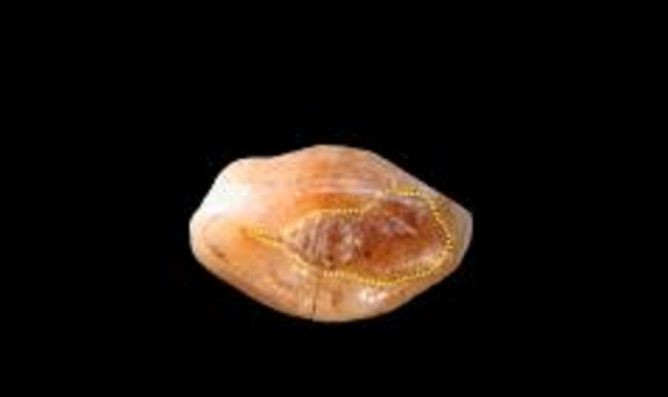Stone Age Tooth Discovery Suggests That Dentistry May Have Existed in Neolithic Communities

Sophisticated dentistry may have existed thousands of years ago in Neolithic communities, according to new findings.
Researchers believe they've uncovered new evidence of prehistoric therapeutic dentistry after examining a 6,500-year-old human jaw bone from Slovenia, housed at the Natural History Museum of Trieste, Italy, with a left canine tooth showing traces of beeswax filling.
The latest findings, published in the journal PLOS ONE, reveal that beeswax was applied around the time of the individual's death, but researchers could not confirm whether it was applied shortly before or after.
The team of scientists, led by Federico Bernardini and Claudio Tuniz of the Abdus Salam International Centre for Theoretical Physics in Italy working with Sincrotrone Trieste and other institutions, wrote that the operation was done before the individual's death, and it may have been intended to reduce tooth pain and sensitivity from exposed dentine or the pain of chewing on a cracked tooth.
The latest findings suggest that beeswax may have been used to plug crack and worn teeth, making the discovery the oldest example of dental filling ever found, before gold prostheses were used in Imperial Rome.
Tuniz said that the severe wear and tear of the tooth "is probably also due to its use in non-alimentary activities, possibly such as weaving, generally performed by Neolithic females," according to a journal news release.
Researchers said that evidence of prehistoric dentistry is rare, so the new specimen in the latest study may help provide insight into early dental practices.
"This finding is perhaps the most ancient evidence of pre-historic dentistry in Europe and the earliest known direct example of therapeutic-palliative dental filling so far" co-author Bernardini said in a statement.



























